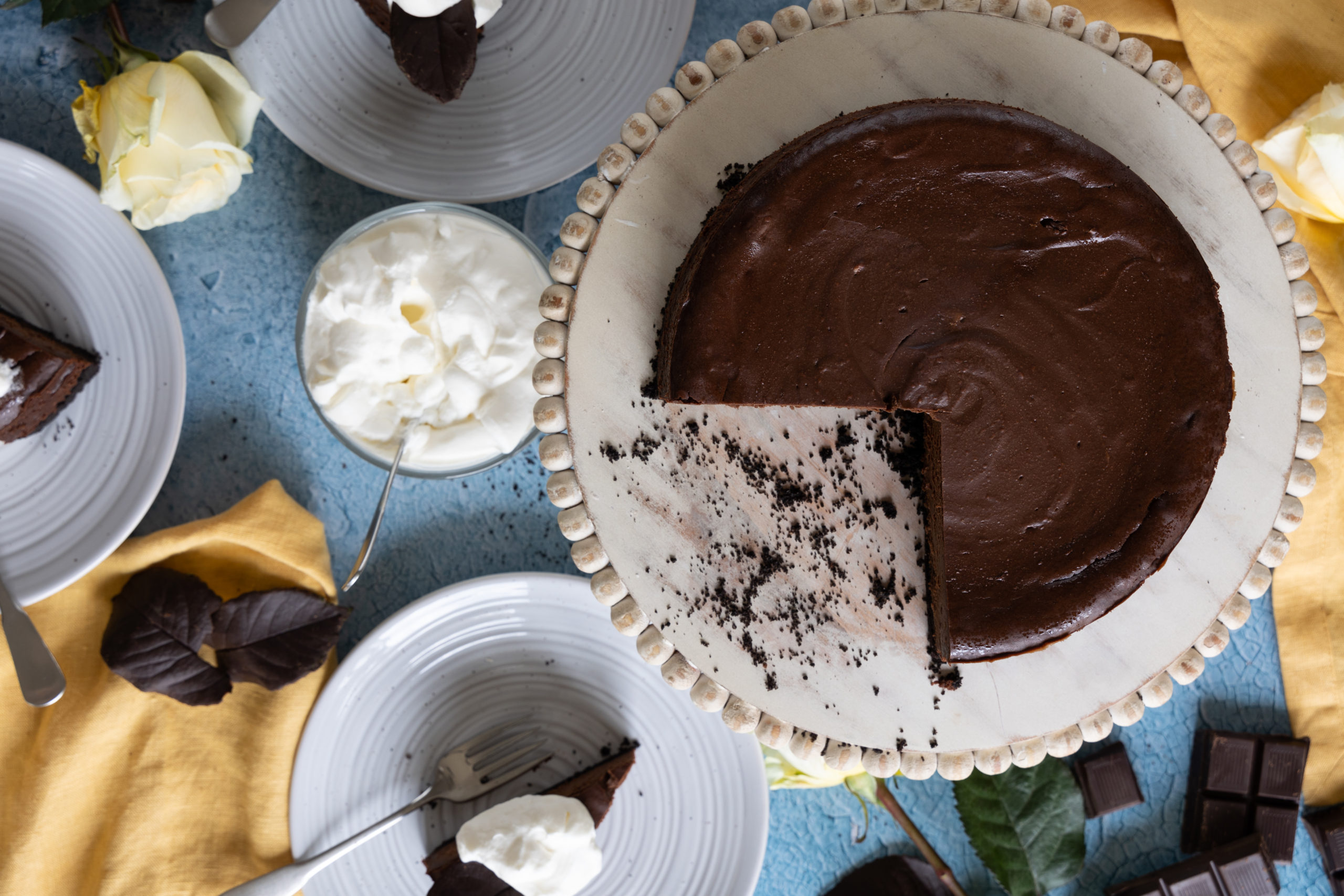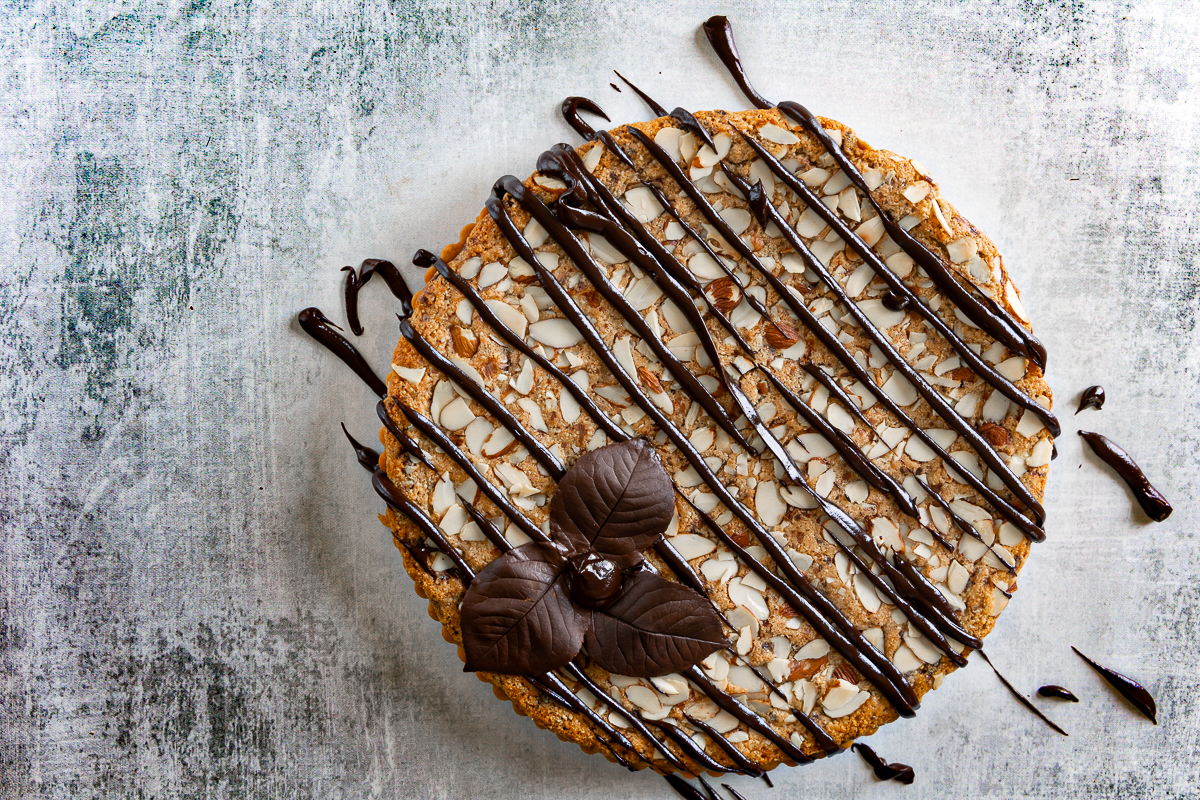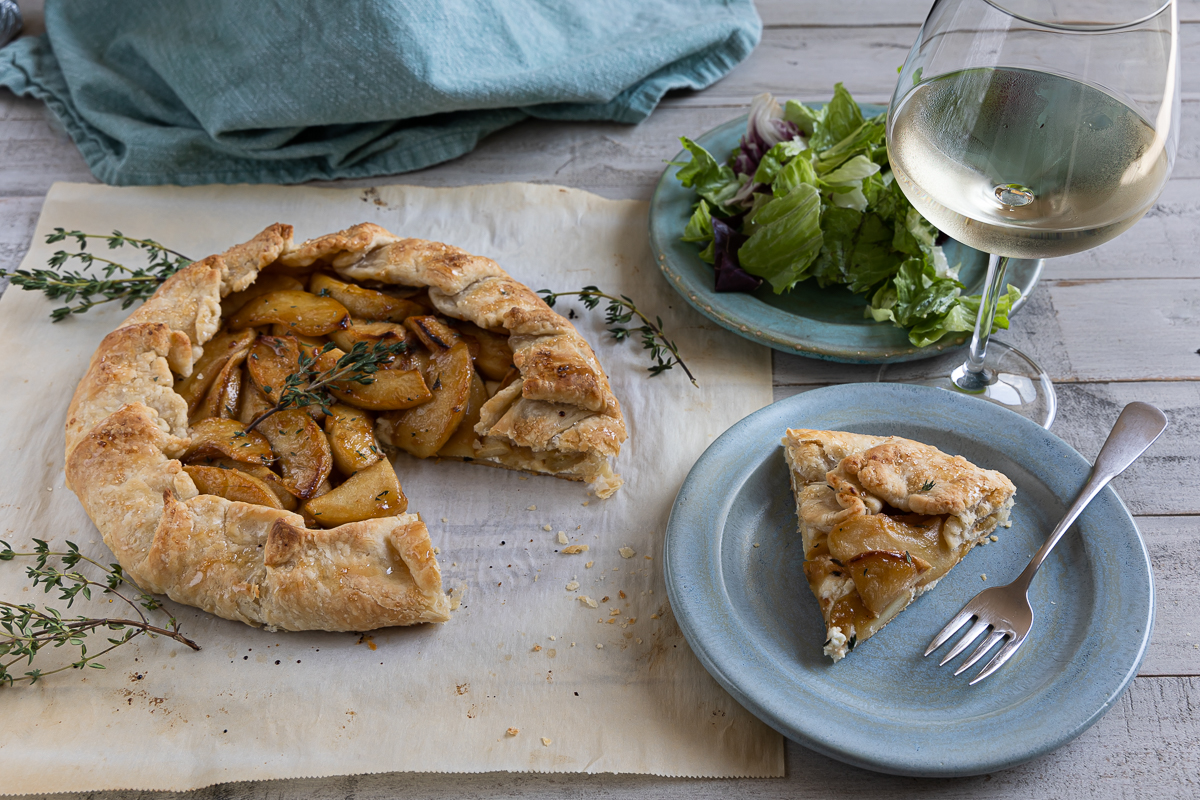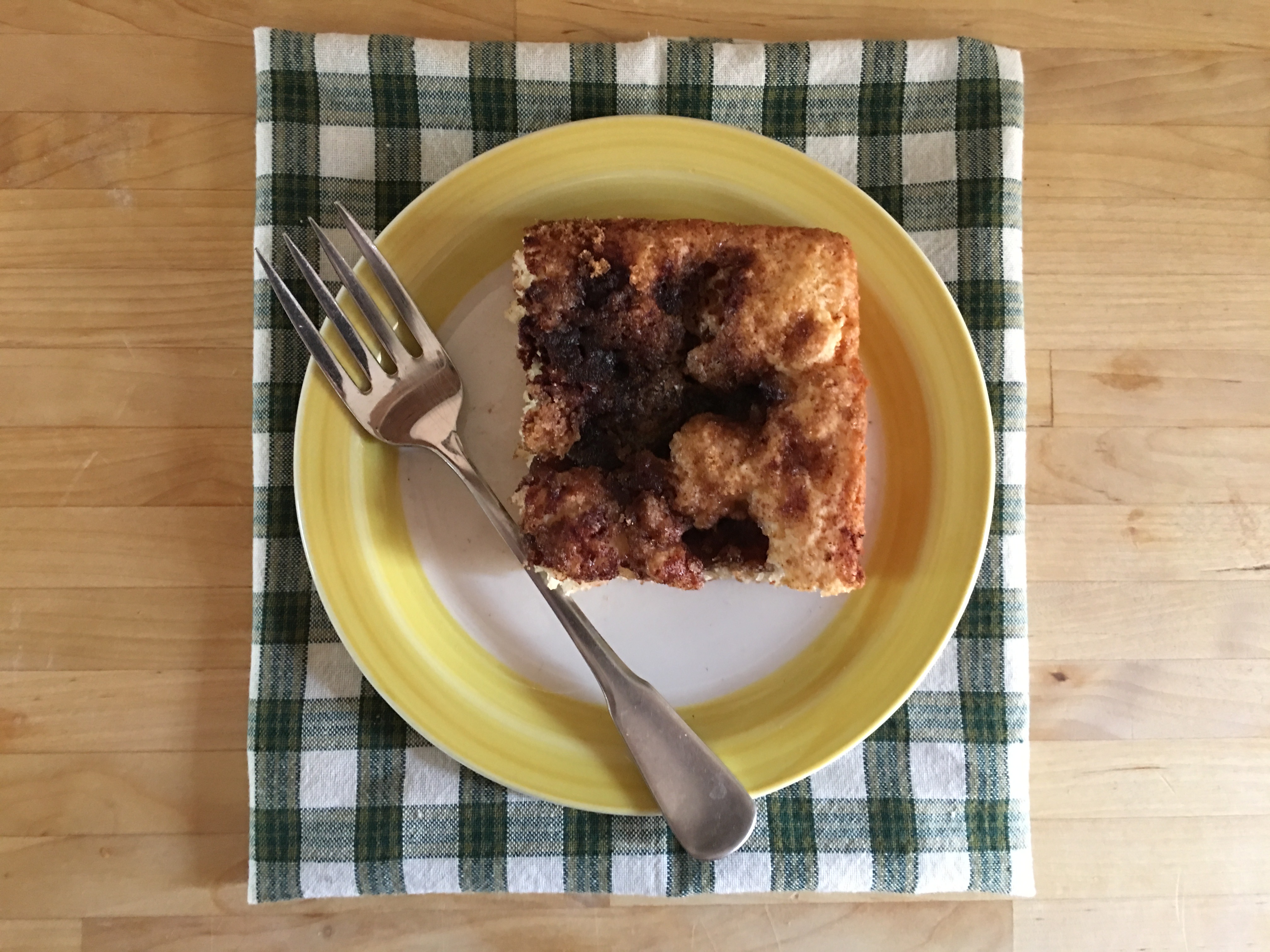Walnut and Comté Sourdough Bread, with crunchy walnuts, fragrant Comté cheese, and chewy sourdough is a delicious loaf of goodness.

Here’s something special for your homemade small holiday celebrations or when you want to up your sourdough baking game. Sourdough walnut bread is my absolute favorite loaf to bake and eat. There is something about the walnuts toasting and adding an incredible texture to sourdough that makes this a perfect marriage. I decided to try adding my favorite cheese from France, Compté, to add even more depth and flavor to my favorite bread. These loaves of tasty bread exceeded my expectations. They are so delicious. This is the kind of bread you can just eat with a glass of wine and some cornichons. It is pure heaven.

Let’s talk about Comté for a minute. This French cheese comes from the Franche-Comté traditional province of eastern France. It is one of the most popular eating cheeses in the whole country. This pale yellow, slightly nutty, and almost sweet cheese is in the swiss or gruyere family of cheeses. It was one of the very first cheeses to have regulations to keep the cheese-making uniform in France. France produces more than 64,000 tons of this delectable cheese every year! I first tasted this wonderful cheese when I visited Versailles on a fabulous trip to France about 15 years ago. I have been a huge fan ever since. You can find Comté in most grocery stores in the gourmet section and even Costco. Its so good in this Walnut and Comté Sourdough Bread, with crunchy walnuts, fragrant Comté cheese, and chewy sourdough in a delicious loaf of goodness.

I’ve rewritten my sourdough recipe to include the walnuts and the Comté. You could definitely substitute Gruyere or Swiss for the Comté. But Comté is a perfect complement for the walnuts. If you are in the market for a Dutch oven, I used this one from amazon and one from Lodge. Both are fantastic for baking boules. I have made several sourdough variations over the years. Some of the best are the Seeded boules and the Salt and Pepper Sourdough. If you are new to sourdough, now is a great time to try your hand at this gratifying hobby. I have a full guide on how to start a starter here. To measure in weight, you will need a scale, this one is perfect. For the best results in baking sourdough, you will need a scale. Measuring by cups varies with the humidity and it will be difficult to have consistent results.

I hope you all have a great Thanksgiving, even though it will be different this year. Please stay safe, smart, and think of others in this challenging time.

Walnut and Comté Sourdough Bread, with crunchy walnuts, fragrant Comté cheese, and chewy sourdough is a delicious loaf of goodness.
- 300 grams all-purpose flour
- 700 grams bread flour
- 750 grams water
- 150 grams active sourdough starter
- 20 grams of sea salt
- 250 grams walnuts lightly crushed, about 2 cups
- 226 grams or 8 oz shredded Comte cheese about 2 cups
-
The Night before or in the early morning or about 6 – 8 hours before you want to start the dough process. Feed your sourdough starter and let it sit in a cool place.
-
Simultaneously, mix together in a very large bowl or plastic tub, the all-purpose and the bread flours. Add the water and mix it until moistened. It doesn't have to be perfect, just well mixed, to let the water and the flours become friends. Do not use a metal container. Sourdough reacts with some metals and gives off a metallic taste.
-
Cover with plastic wrap and let sit out while your starter gets ready for the party. Note: This is called autolyze and will help develop some incredible flavor. Most recipes call for a couple of hours, but my friend @brooklynsourdough taught me recently to have a very long autolyze. It works like a charm. You could mix together the flour and water just before the mixing of the dough if you forgot. But it won’t have as much depth to the flavor.
-
When your starter has doubled or more and is bubbly, the starter is ready for action. It may look like it has fallen in on itself. That is ok, too. Measure out 150 grams of the starter and add it to the flour mixture. Don’t forget to feed your starter again for the next time.
-
Using your hands, really get in there and mix it to thoroughly combine, working the dough well to make sure the starter has been thoroughly mixed into the dough.
-
Sprinkle the sea salt over the rough dough. With your hands again really get into the dough, squeezing with your fingers and pulling and stretching until you can feel the salt crystals have dissolved into the dough. This may take a couple of minutes. You do not need to actually knead the dough; just make sure it has been thoroughly mixed. Pull and stretch the dough grabbing one edge and pushing down towards a farther edge to begin to form a ball.
-
Scrape down the sides of whatever container you are using and cover with a lid or plastic wrap.
-
Let rest for 30 minutes or so. You can extend this to 45 to 50 if your schedule needs it.
-
Uncover the bowl and grasp one edge of the rested dough. Wet your hands to prevent the dough from sticking. I like to keep a bowl or measuring cup of water next to the rising dough to do this. Pull up and stretch out the ragged mass of dough several inches above the surface. Bring the dough over onto itself and push it down towards the further edge. Turn the bowl ¼ and repeat, stretching the dough again. Continue this until you have come full circle. The dough should have gathered into a rough ball.
-
Cover again and let rest for another 30-45 minutes.
-
Repeat the folding process. Each time the dough ball starts out looking very flat and loose. It will tighten more and more after each fold. The final time the ball of dough will look very smooth, and the dough will have a lot of elasticity. It will gather into a nice tight ball.
-
For the third time, add in the lightly crushed walnuts and the shredded Comté cheese. Continue to pull and stretch as you have done for the first two times. The walnuts should be relatively evenly distributed, so continue to pull and stretch until incorporated.
-
Let the dough rest for an additional 30 minutes and repeat the pulling and stretching.
-
Let the dough rest and rise until more than doubled with large bubbles very visible. It will take 5-6 hours in total from the first mix with the starter and the salt.
-
Line 2 rising baskets or medium bowls with cotton tea towels.
-
Scrape the bread dough onto a floured work surface. Divide the dough into 2 equal pieces. Roughly gather them each into a ball and let rest for 10 – 15 minutes.
-
Using a dough scraper in one hand and coating your other hand lightly in flour, pull one of the rough dough balls towards you onto a clean surface area. Using the tension and a slightly circular motion, continue to turn the ball until it forms into a tight ball. You should see many bubbles underneath the surface.
-
Place ball of dough seam side up into the cloth-lined basket or bowl. Pinch together the dough if there are any rough surfaces.
-
Repeat with the second ball of dough.
-
Wrap each filled basket with plastic wrap.
-
Let sit in the refrigerator for 24-48 hours. I have found the best for sour flavor is in the 36-hour area. But it all depends on your needs and timing. To get the fantastic blisters, it needs to retard for at least 24 hours or longer.
-
About 1 hour before you want to bake, place 2 Dutch ovens in a cold oven with the lids askew. Preheat the oven to 450° and let the Dutch ovens heat for one full hour.
-
Pull the loaves out of the fridge when you are ready to bake.
-
Cut 2 parchment paper rounds approximately 12 inches across. Thoroughly crumple and wet under a running faucet. Place one crumpled parchment round down on a work surface and smooth it out. But keep it wet.
-
Unmold one of the loaves onto the center of the wet parchment paper.
-
Quickly slash the loaf in a crosshatch or simple design on the top.
-
Using oven mitts, carefully remove one of the Dutch ovens and place it on a heatproof surface.
-
Lift the slashed loaf by the parchment paper and carefully place it into the hot Dutch oven. Using an oven mitt, immediately place the hot lid on to the filled Dutch oven and put it into the hot oven. Be careful; the Dutch oven is scorching. Make sure to use an oven mitt.
-
Quickly repeat with the second loaf.
-
Bake covered in the oven for 20 minutes.
-
Uncover the Dutch ovens and bake for an additional 20 – 25 minutes. The bread should be deeply golden and sound hollow when tapped. Unmold onto a rack and remove the parchment paper.
-
Let cool completely before slicing. If you can wait that long, it will slice easier.
You can substitute and any flavorful cheese for the Comté including Gruyere, Swiss, blue cheese, or cheddar.









